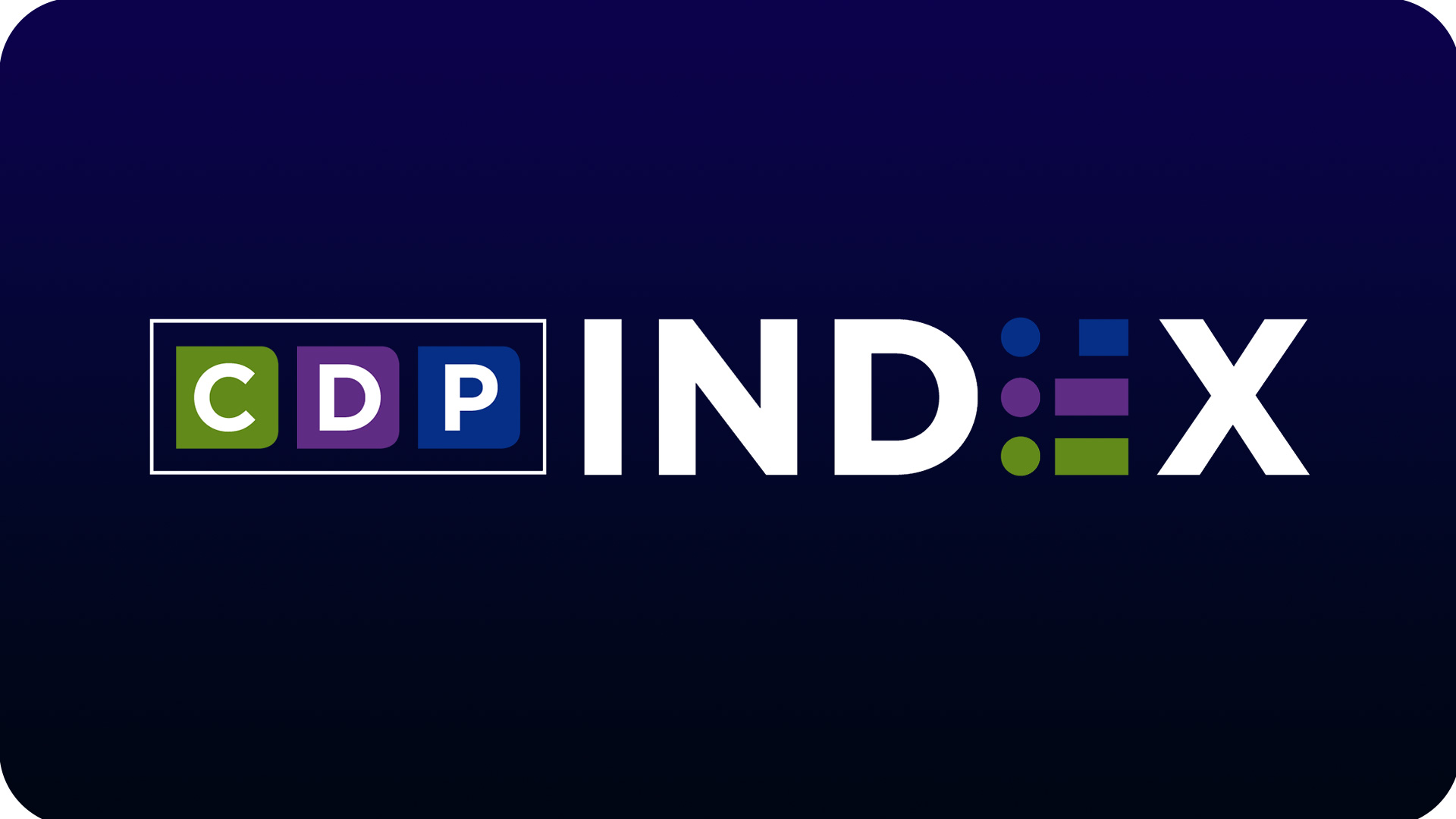Farewell, tote bags: PBS Passport draws younger donors as membership reward

ITV
When PBS released all episodes in the debut season of “Victoria,” nearly 40,000 members activated Passport accounts within the first two weeks. The “Masterpiece” drama stars Tom Hughes as Prince Albert and Jenna Coleman as Queen Victoria.
The members-only streaming service introduced by PBS last year is attracting new younger viewers as station donors, fanning hopes that it can propel public TV across the digital divide to a more secure future.
A detailed demographic analysis of Passport activation at WETA in Washington, D.C., puts numbers behind what other stations report anecdotally: Viewers who are decades younger than the average member are signing up for Passport. The injection of relative youth to public TV membership files is already helping to reverse losses from the decline of pledge drives, and PBS and stations are only starting to figure out how to integrate it into their fundraising programs.
“Passport is the only tool bringing in a mass of donors as young as 45 and under,” said Jeff Regen, VP for membership, marketing and development at WETA. “That is financially important. It’s building support for the PBS system as a whole, and is a great way of getting our content out to far more people and to younger generations.”
After 14 months of rollout, testing, trial and error, Passport’s benefits and hurdles are clear. As PBS and station executives seek to build on their progress so far, they are focusing on three areas:
- Accelerating the integration of marketing into membership fundraising, including a concerted push for March pledge;
- Providing more exclusive content, such as the availability of all episodes from the debut season of Victoria, which was a hit on Passport in January; and
- Activating an army of longtime members who aren’t using Passport yet, while leveraging the service’s power to acquire newbies.
“I call this ‘the 21st-century pledge,’ and we have to get it right,” said Daniel Greenberg, chief digital officer at New York’s WNET. “The new member is going to be much happier getting a video archive directly on a computer than a tote bag or DVD. That’s just the reality.”

The Great British Baking Show is another top Passport draw. Contestant Mat competes in the “Bread” episode. (Photo: Love Productions)
Since its launch in December 2015, Passport has attracted about 600,000 registered users, and 75,000 of these are first-time members. Another 25,000 are lapsed members who were enticed to renew by Passport or current members who increased their donations to the $60 annual minimum that most stations require for Passport eligibility.
These Passport users are members of the 123 PBS stations that have adopted the service as of January. That’s most of PBS’s 159 licensees and includes stations in all but one of the top 40 markets. Oregon Public Broadcasting, the last of the top-40 stations, and as many as five others will launch before rollout is complete.
There is still a long way to go before Passport achieves broad adoption among viewers and donors, however. Total activations are 17 percent of the 3.5 million records in PBS’s membership vault, or MVault, a database that includes both current and lapsed members of the 123 stations now using Passport.
WETA did a deep-dive analysis of how Passport has affected donor behavior, looking at how age correlates to the way members respond and their giving methods. It found that the average age of first-time donors who signed up by contributing through PBS.org or WETA.org was 47. That’s a more than a decade younger than those who donated their first gift and activated Passport via on-air pledge, a cohort with an average age of 58.
WETA’s existing members who activated the service were 64 years old on average. The average age of all activated members was 61; for non-activated members, it was 69.
The analysis looked at data from more than 13,000 activations of WETA donors between Dec. 15, 2015, and June 30, 2016.
Executives from other stations observed that Passport appears to be attracting younger members for them, too.
“Membership was declining for so long,” said WNET’s Greenberg. “This is how we will get the entire country talking about us again.”
Passport is “a great opportunity,” agreed John Bell, director of membership at KERA in Dallas. His station earned $75,000 in fresh cash from new members who joined through the Passport signup page on KERA.org since the service launched last March.
“We’re waiting to see what the long-term implications are,” Bell said. “But if we get $75,000 in revenue from people who never gave before — even if they never will again — it’s still $75,000 in revenue. And maybe they’ll keep giving.”
“Passport is the most successful thing we’ve done for younger members,” said Josh Tomlinson, director of broadcasting services at KMOS in Warrensburg, Mo. After introducing the streaming service to its viewers last month, KMOS attracted as many member sign-ups in one week as it had during its entire June pledge drive. (He declined to elaborate since “neither number is that big.”)
WETA’s analysis found that Passport activations rose whenever the service was promoted. An email campaign supporting Passport’s launch on Roku last summer drove one spike. Joint licensees, including KERA and WHYY in Philadelphia, have found that their public radio listeners respond to messages inviting them to try out this new member benefit.
KERA pitched Passport during its last radio pledge drive and found that radio donors activated at a higher rate than those who support the TV service, said Bell.
Full-court press in March
During the first year of rollout, PBS and station executives cautiously gauged Passport’s potential as a membership premium, but now they are preparing enhanced marketing, promotion and experimentation, including a focus on pledge.
“The first couple of pledge periods, Passport was secondary and not mentioned,” said Chas Offutt, PBS’s senior director of digital development services. PBS doesn’t include Passport messaging in its pledge programs because the service isn’t available everywhere, so it’s been up to individual stations to pitch the streaming service to viewers during local breaks.
Passport-adopter stations are now much more comfortable with the service and are aggressively promoting it, Offutt said. “March will be a very exciting time….”
WGBH’s Michal Heiplik, who directs local development at the Boston station and advises other stations through the Contributor Development Partnership, also anticipates heavy promotion of Passport during March pledge, though he sees it as a work in progress. “We will have to figure out the best messaging,” he said.
Heiplik believes Passport has potential to extend the value of pledge by attracting donors who are especially interested in PBS content—versus, say, in a one-off DVD set — and that could lead to higher retention rates.
Managers at many stations told Current they’re pleased with new tools and products PBS developed to help them market and manage Passport. PBS provides weekly content updates and seasonal priorities, on-air spots touting Passport and its shows, social media graphics and online banner ads.
PBS is developing more ways to support station fundraising through PBS.org. Light boxes — a pop-up message display that dims the rest of the screen with gray overlay — can be used to make general asks for financial support. Last December developers introduced a light box that dynamically generates station call letters, Offutt said. “We’d like to build on that for the near future.”
Another upgrade responds to station complaints that it’s too hard for members to find Passport on PBS.org, which is where half of all donations attributed to Passport are sourced. PBS developers are examining ways to highlight Passport during certain times of the year or around certain program releases, Offutt said.
Station members can also access Passport on other devices and platforms. When Passport debuted on Roku last July, over-the-top streams of its content nearly quadrupled. For the first six months of 2015, Passport generated 850,000 OTT streams; during its first six months on Roku, streaming usage jumped to 3.2 million.
A milestone for 2017 is the integration of Apple Pay, with its instant donation platform for nonprofits that makes giving as easy as a tap of the thumb. WNET incorporated Apple Pay on its website last fall, and PBS is working to integrate it into Passport for all the other stations that want it by early summer. A small group of stations will beta test the system next month, according to Offutt.
‘Victoria’ reigns
One big challenge ahead for Passport is building a bigger library of exclusive content. It now offers about 1,200 hours of programming and continues to add more, said Ira Rubenstein, chief digital and marketing officer. Very few of the programs are exclusive.
Stations already believe their ability to get more members to activate Passport accounts is linked to the availability of programming that viewers can’t get anywhere else.
The first season of Victoria, a heavily promoted Masterpiece drama that debuted in January, drove home the point. It was the first series to be available for streaming in its entirety on Passport simultaneously with its Jan. 15 broadcast premiere. Passport activations rose by nearly 40,000 between Jan. 15–28, the first two weeks when all eight episodes were released for exclusive streaming on Passport.
The saga of the young queen ascending to the throne accounted for 190,000 streams — nearly half of all streams on Passport — during the first week of its release. Of the more than 1 million Victoria full-episode streams that viewers watched across all of PBS’s digital platforms that week, just under 20 percent were by members who used Passport to watch episodes before their broadcast debut.
At WNET, one of the first stations to adopt Passport, average weekly activations surged from 1,800 pre-Victoria to 5,985 in January — including 3,683 new members. “We should consider having a British drama exclusive to Passport that might not be on air,” said Greenberg.
At Kentucky’s KET, four times as many members activated Passport accounts during the weekend of Victoria’s debut as on a typical weekend, according to Tim Bischoff, senior director of marketing and online content.
The Lexington-based state network promoted the series with on-air spots, emails, display ads and social media. “The more specific we can get about program opportunities, the more people respond to it,” Bischoff said.
“New member acquisitions and retention will be driven by the volume and quality of content we put behind the service,” agreed Ben Godley, COO of WGBH in Boston, which produces Masterpiece.
Complex negotiations to acquire rights have determined what programs are available on Passport, Rubenstein said. “Every show is different. Every producer is different. But it’s a priority for PBS to obtain those rights and we do the best we can.”
“We are looking to see what we might do around Vietnam in September,” he noted, referring to Ken Burns’s documentary The Vietnam War.
Betsy Gerdeman, senior VP of development services, said dramas from Masterpiece account for nearly half of all Passport viewing, followed by The Great British Baking Show, Nova, Antiques Roadshow and The Tunnel.
One station found that getting its Passport-activated donors to stream any program is another challenge. Of the 17,000 Twin Cities PBS members who registered with Passport, only 2,400 are using it, according to David Preston, VP of membership at the station in St. Paul, Minn. And 20 percent of them have watched only one show.
“I think that people may be streaming shows and believe they are watching Passport” when they’re not, he said. “They’re not logged in.” (PBS.org offers a selection of recent broadcasts and other videos outside Passport for anyone to stream.)
TPT has also seen a surge of new members signing up through the Passport portal, a boost that brought in $140,000.
About 1,900 Passport activations are by new TPT members.
Hunt for emails
At KQED in San Francisco, Passport started attracting new donors and membership revenue almost immediately, according to Andrew Alvarez, senior manager of audience insights. Loyal donors have been slower to register for Passport. “The number of new people giving us money as a result of learning about it, using the Passport donation form, was more significant than the number of existing members who were activating it.”
Preston, who has been working to activate more of TPT’s existing members, saw a surge in signups last November. He attributed the uptick to an activation strategy built on the old-fashioned monthly membership magazine. TPT began stamping members’ activation codes onto the mailing labels of its magazine last fall. A note inside described how to use the code to register. The weekly rate of activations jumped from an average of 160 to 689 the week after the magazine hit the mail, a lift that’s been repeated every month since. TPT saved a bundle on postage for separate postcards urging members to activate.
But old-fashioned stamps remain a necessity since TPT lacks email addresses for as much as one-third of the 95,000 members in its donor files. This is likely the same one-third of members who joined 25 or more years ago.
Many stations face a similar situation. Preston and other marketing executives describe this as a blaring testament to why PBS and its stations need Passport. In addition to attracting younger donors, it offers an incentive for older viewers and donors to provide their email addresses.
Following TPT’s success with the magazine label, Preston is planning something splashier in March — an overlaid magazine cover touting Passport. He’s debating whether to send it to all members or just the ones whose donation level makes them eligible for the service. “You could piss off the others,” he noted. “They could say, ‘Why don’t I get this?’ Maybe it’s better not to put it in their face.”
Preston is not the only station-exec-turned-armchair-psychologist, navigating the real or perceived sensitivities of various categories of viewers and members. Because there’s a conundrum at the heart of Passport: It’s a membership perk that feels like a subscription service — and has succeeded with younger viewers in part because of that resemblance. Passport benefits from the public’s familiarity with services like Netflix, Hulu Plus (each less than $10 a month) and Amazon Prime ($99 a year). New members who join Passport to binge on Downton Abbey or Victoria may lump them all together.
“That’s our internal struggle with Passport,” said Offutt. “It’s a member benefit, but public perception is that it’s a subscription model. We are exploring this hybrid world.”
Correction: An earlier version of this story misreported the number of licensees that operate PBS member stations. It is 159. Also, streaming usage after Passport’s launch on Roku did not reach 3.2 million in one month. That figure reflects usage during the first six months of Passport’s availability on Roku.








Offutt is wrong: it’s a subscription model not a member benefit. How do I know? It’s because it is available only in the U.S. PBS membership is open to Canadians, and you’re always happy to send us those tote bags, but apparently you won’t give us access to Passport. Which means it’s a subscriber service. If it were a member benefit it would accessible to all members.
PBS is a non-profit integrated into our community to benefit us all. They are not a for-profit subscription service like Netflix. This is why we support PBS and why we feel their programming is integral to our society.
Who is really going to suffer here? Likely low-income families, the ones with children who need PBS the most that won’t be able to afford the $5. subscription fee. Most people don’t watch regular television and limiting educational shows on demand will only hurt those that need it the most.
Ye, it’s good to generate more funding, but not at the cost of sacrificing your underlying mission to ensure EVERYONE has access to these programs for the betterment of our community at large. Sad PBS couldn’t come up with a more innovative way to attract young donors while staying true to its mission.
I enjoy PBS Passport but I stopped making contributions because regardless of how much I contribute they keep asking for more, some of us are on budgets. That is not a subscription, it is bait and switch. They are definitely a for-profit organization, what do think those annoying televised fund drives are for? They also advertise at the beginnings of their programs now, Viking Cruises, car insurance and other products.
Well, the trump administration was pushing to eliminate most funding to pbs/npr/etc. I don’t think they are making a profit. When you consider the number of PBS stations, you have to think about over the air broadcasting for one. Some places I’ve lived, the only station that came in was PBS, so they had impeccable coverage. And many pbs stations cover wide geographic areas they need to cover. That’s one.
2. The programming they air is on par or better than what you might find on cable channels such as the History Channel or National Geographic. There’s constantly programming I’m interested in.
I’m not aware of whether the pledge drives in programs such as the ones I’ve watched, that were narrated by Henry Louis Gates Jr. Does passport make you watch them? I don’t know. I fast forward through those parts, even though they have tidbits of extra content if I wanted to take the time to watch that part of a show. This is a great way to draw in younger viewers for sure. And keep on doing drives for your usual donors. You’ll still retain original donations, while those who are savvy enough, will discover PBS passport. I found out about it through amazon prime video.
Passport is available to Canadian subscribers, I just checked.